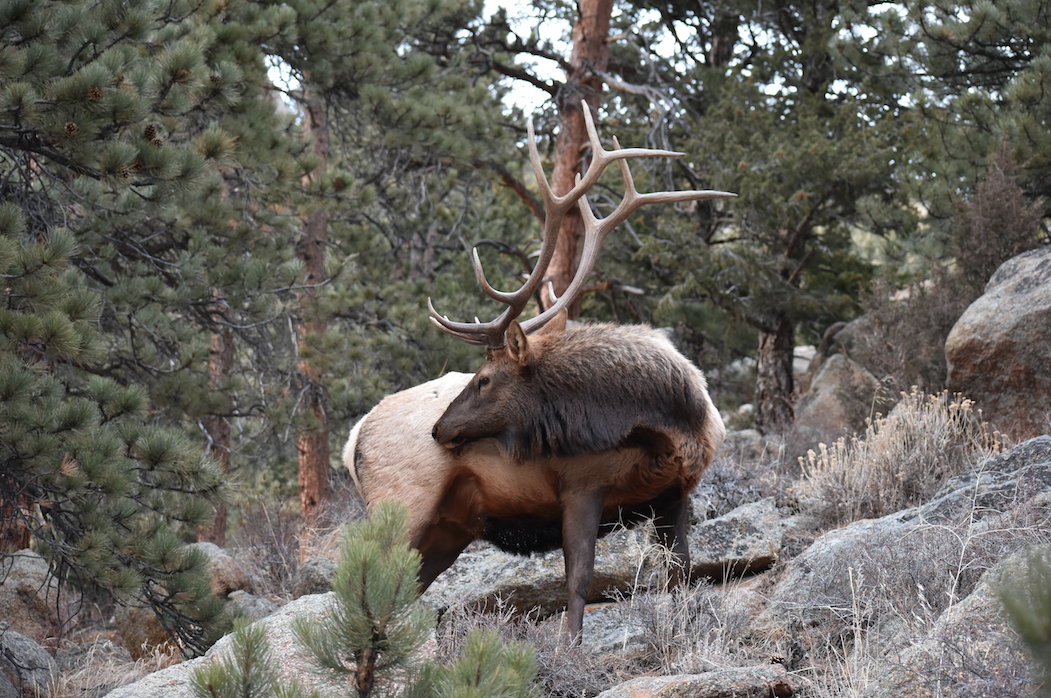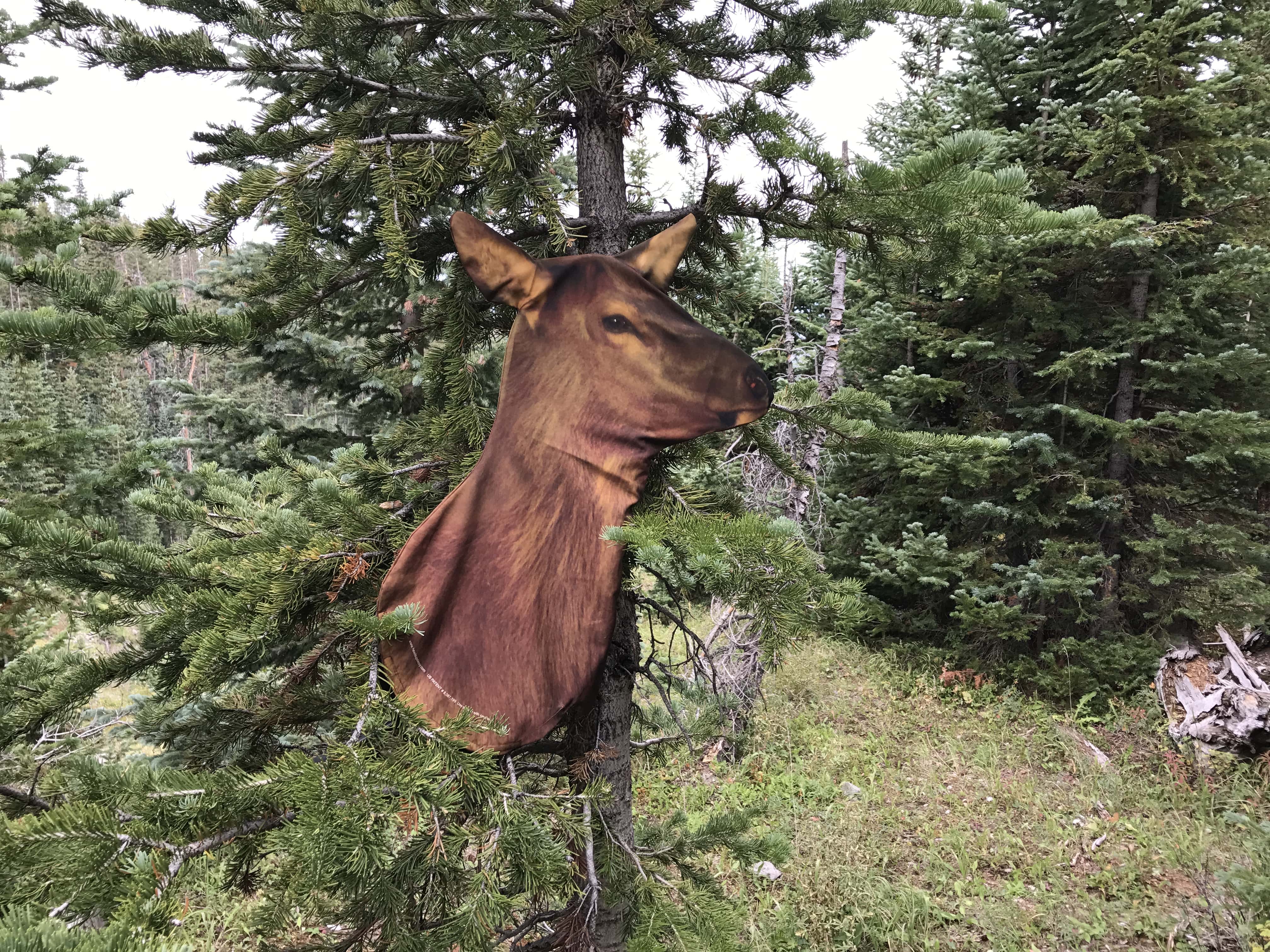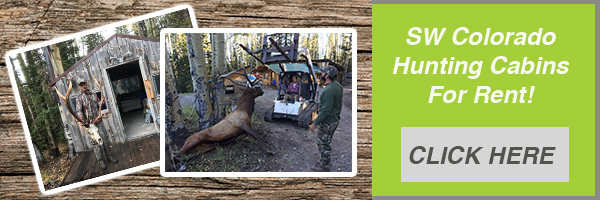transition wild
Off

By Adam Parr –
As hunters, we are constantly evolving and learning from each new adventure in the wild. Growing up in Michigan, whitetail deer hunting from a tree stand on small tracts of private land was all I had ever known and as I grew older, I longed for more. Moving to Colorado and chasing elk in the vast public lands of the mountain west led me to try new things and experience hunting at a whole new level.
The past two archery elk seasons have been nothing short of glorious but they haven’t come and gone without a massive learning curve. Surprise, surprise… elk hunting is tough! Who would have thought? Whitetail hunting presents its own set of challenges and some of the same tactics can be applied to elk, but as a beginner, there are many lessons to be learned. Here are the most memorable ones.
There is nothing quite like a September bugle that echoes through the canyons of the high country. It’s a sound that will make your heart race in excitement but also sends chills down your spine. When you crank off a bugle into the abyss, we expect something to bugle back in your face, but that’s not how it goes all the time.
Just because nothing answers your call, doesn’t mean an elk isn’t close or isn’t coming over to check you out. I was caught off guard a few times last year when I would bugle and elk would show up out of nowhere without making a sound. If an area looks good and the sign is prominent, hang tight for a while and see what may be working its way into your setup before barreling over the next ridge.
Whether you’re walking into your morning spot before light or hunting during the middle of the day, elk can be anywhere. As a beginner, I was always in a rush to get to that high meadow or known bedding area, and although those spots hold the highest probability of running into elk, it doesn’t mean they won’t be anywhere else.
Last year, I was in a rush to meet up with my hunting partner Sam and was moving rather quickly through a thick stand of north facing timber when I caught the movement of a bull walking towards me at a fast pace. I knocked an arrow as quickly as possible but ran out of time before he walked right into me and bolted before I could draw my bow. Had I been scanning and moving slow, I would have seen that bull earlier and would have been prepared for a shot.
When you wake up at 4 am each day in order to have enough time to trek up a mountain before first light, a glorious late morning or mid-day mountain nap is part of the daily routine. However, when you doze off you lose your sense of surroundings and animals can move in undetected. Last year, my buddy Sam and I fell asleep and I awoke 30 minutes later to take a pee. As I was mid-stream, I looked to my right and locked eyes with a beautiful 6×6, 30 yards away. With my bow on the ground behind me, I watched him bolt for cover and vanish like a ghost in a matter of seconds. Talk about getting caught with your pants down! Needless to say, when I’m hunting with a partner, we take shifts during nap time.

When I hunt with Sam during the 2018 season, one of us will be on guard at all times!
If you don’t know much about how thermals work in mountainous terrain, here is a very basic rundown. As a general rule of thumb, thermals typically blow down the mountain in the early morning and late evening and will blow up the mountain during the heat of the day.
A tough lesson learned from last season was when I stalked in on a bedded bull during mid-morning as the thermals were in the process of switching back up the mountain. I made a move to get within range (above him) before the thermals had fully switched the opposite way and blew him out of there when I felt a breeze hit the back of my neck. Had I waited a little longer, the winds would have been more consistent and I would have had more time to get within range. It’s also good to keep thermals in mind when it comes to choosing your camping location and travel routes to and from hunting areas.
Elk are herd animals and will move locations based on a number of variables including weather, temperature, hunting pressure, and food/water sources just to name a few. Will elk disappear and vanish off the face of the Earth? No, certainly not but they can be extremely tough to find if you’re spending time in the wrong places.
Here is an example. Two years ago, I shot my first bull in a meadow around 10,000 feet elevation and I saw other elk in that same meadow the other times I hunted it in 2016. Fast forward to last season (2017), I never saw a single elk in that meadow and the sign was non-existent. The majority of the elk I got into last year were at a higher elevation between 10,500-11,000 feet. I believe the elk weren’t as low due to the hot weather, a dry Summer, and increased hunting pressure. Keep these variables in mind and if you’re not seeing elk where you think they should be, a good rule of thumb to follow is to gain elevation and get further away from roads, especially during early archery season.
When I attempted my first stalk on two bull elk feeding in an open meadow during my first week of elk hunting, I was amazed at the amount of movement I could make without them noticing my presence. It took me 10 minutes to work within bow range and they never once picked their heads up from the lush grass below their feet.
Compared to whitetail deer, elk seem to be less wary and less aware of their immediate surroundings. Don’t get me wrong, they are smart as hell and can evade hunters like no other, but you can certainly get away with a little more noise and movement at close quarters as compared to whitetail deer. With this in mind, don’t be afraid to get aggressive when presented with an opportunity to close the distance.

I utilize a lightweight Heads Up Decoy as part of my setup when I get aggressive with calling.
It’s easy to bring more gear than what you need into the backcountry and when you’re hiking through steep terrain at high elevations, every pound matters. For beginners, there is always the “what if” in the back of your mind that could occur during the hunt which causes us to bring more than what we need. Yes, things can happen and I’m not telling you to go bare bones all the time but with a little planning, you can leave the some of the non-essentials back at camp. Take a close look at the weather conditions and other environmental factors to assess what’s really important, leaving only the necessary gear and clothing in your daypack. Believe me, shedding a pound or two is worth it, especially for people who are not used to the elevation.
Going along with the previous note about gear, it’s important to know your physical limitations on the mountain. I’m a big proponent of easing into the hunt and not trying to conquer the entire mountain on the first day. With the excitement and adrenaline flowing through your veins, it’s easy to beat yourself up and wear yourself down on day one.
It’s also good to slow your pace for safety reasons. I’ve rolled my ankle and added a few good scars to my body the past two seasons because I was simply going too fast for the conditions at hand. In addition to preventing injuries, slowing your role actually allows you to be a better hunter. Yes, there is a time and a place to barrel up a mountain in order to close the distance on a bugling bull, but there is something to be said about patience. Moving at a slower rate allows you to really hone your senses and to pick up on the overlooked sign.
At the end of the day, elk hunting should be an enjoyable experience but it won’t come without hardships and dumb mistakes. Yes, you will have your struggles and many of us will learn the hard way, but it’s all part of the game. If it’s your first time on the mountain this Fall, you will experience trials and tribulations but you’ll become a better outdoorsman because of it. Start preparing for your elk hunt now but remember to soak in the journey and to have fun; It will be here and gone before we know it.
What are some of the most valuable lessons you have learned from elk hunting? Share them in the comments below!
